Pierre-Alexis Dumas: “True Luxury is Allowing Sufficient Time for Creation”
During the Watches and Wonders fair, Pierre-Alexis Dumas, the artistic director overseeing the sixteen crafts of the Hermès house, was in Geneva for the launch of the new Hermès Cut watch. Responsible for ensuring coherence between creative intent and the house's style, he discusses his role, the values underlying Hermès' creation, and intimately, his relationship with objects.
Tasked with leading the artistic direction of the Hermès house since 2005, Pierre-Alexis Dumas, the great-grandson of Émile Hermès (1801-1878) and a member of the sixth generation of the family, engages in a unique mental exercise. Transitioning between creative intentions to development processes across sixteen crafts requires rigor. Pierre-Alexis Dumas possesses ample amounts of it, evident even in the choice of words during his interview with Luxury Tribune. Much like the latest watch named Hermès Cut, which sits halfway between a circle and a round shape but with sharp lines, the artistic director general reveals, through his incisive words, how humanity is at the heart of the object.
How does one transition from creating a handbag to designing a scarf, a coffee table, or a watch? What mental gymnastics does this entail?
Pierre-Alexis Dumas: My wife asks me the same question every night! I've had the pleasure of leading the artistic direction of the Hermès house since 2005, marking twenty years next year. I've been immersed in this magical world since I was young, yet I continue to learn every day. Of course, the central answer to this question is delegation. Neither a stylist nor a designer, my specialty lies in understanding Hermès' culture, rich with 200 years of history. Perhaps my talent lies in being the architect of the creative process across the sixteen crafts. From watchmaking to beauty, leather goods, and men's fashion, there isn't much similarity, yet the principles governing their creation remain the same. When my father, Jean-Louis Dumas, entrusted me with the artistic direction in 2005, I aimed to decentralize it. He himself inherited a prestigious yet small-scale house from his father. Just imagine, until 1991, Hermès had 80 artisans working above the boutique on Rue du Faubourg Saint-Honoré, producing 100% of the bags sold worldwide. The first workshop outside Paris, in Pantin, was inaugurated in 1992. Today, we have 7,300 artisans and twenty workshops. I owe my father for his visionary spirit. He envisioned the company as we know it today. He controlled everything out of passion. It was then that I returned from Asia after ten years in retail. Close to the object, I already saw an increase in demand. That's when I decided to decentralize and establish a design studio for each craft. My role is to inspire the teams, to bring rigor, and to be involved in co-creating the identity and style specific to the Hermès house. The only way to do it is by delegating responsibly, trusting, and getting involved.
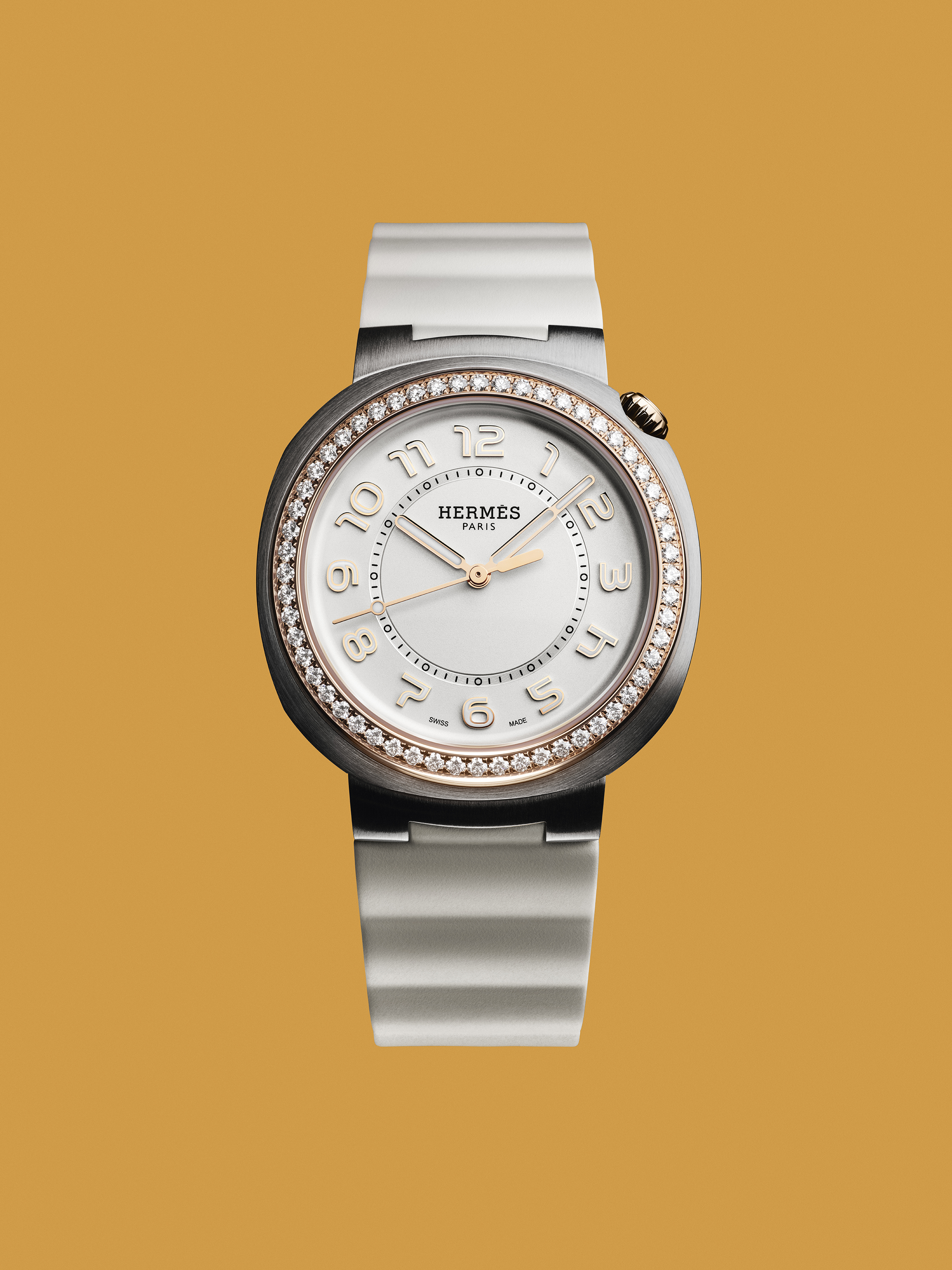
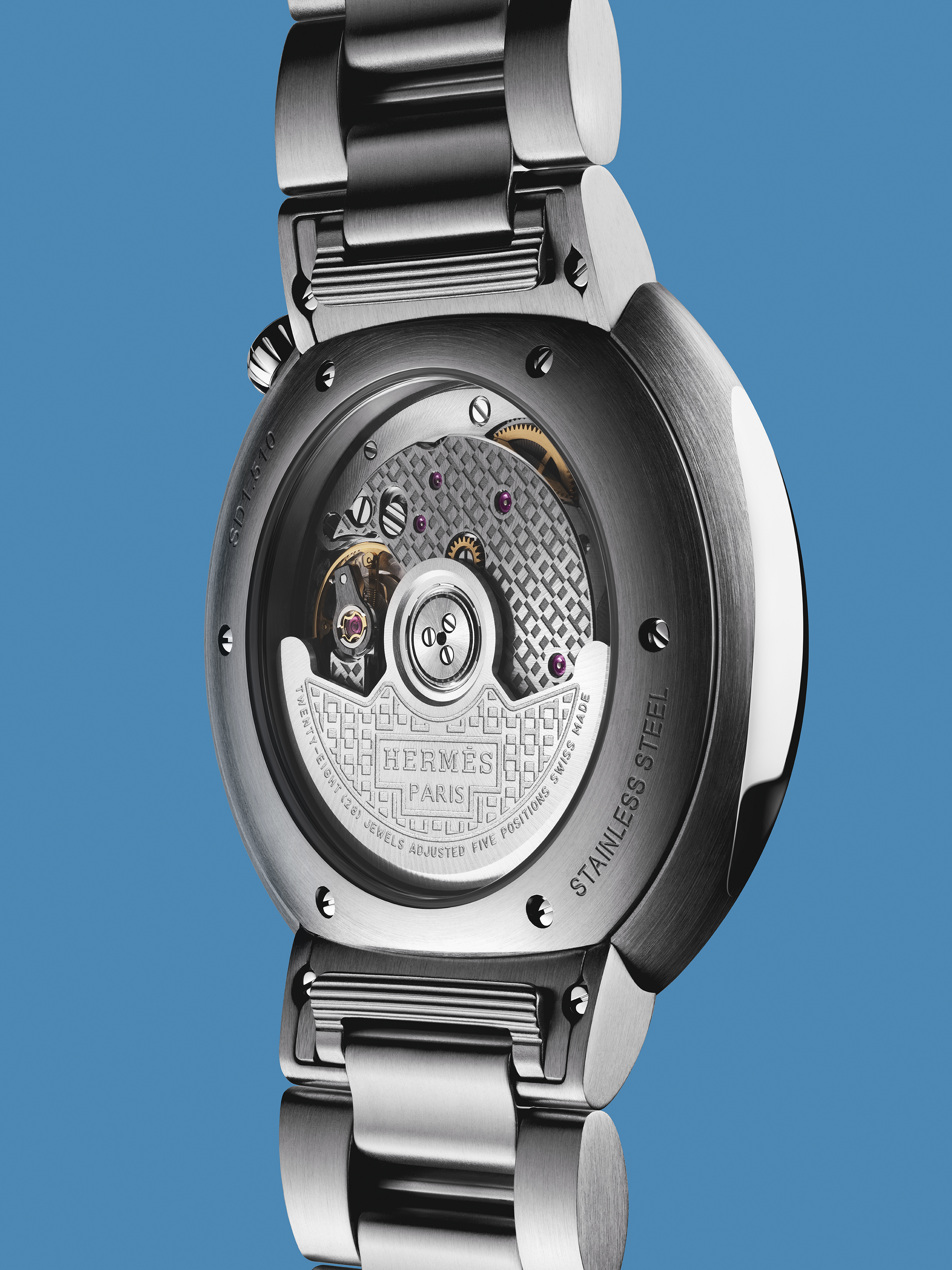
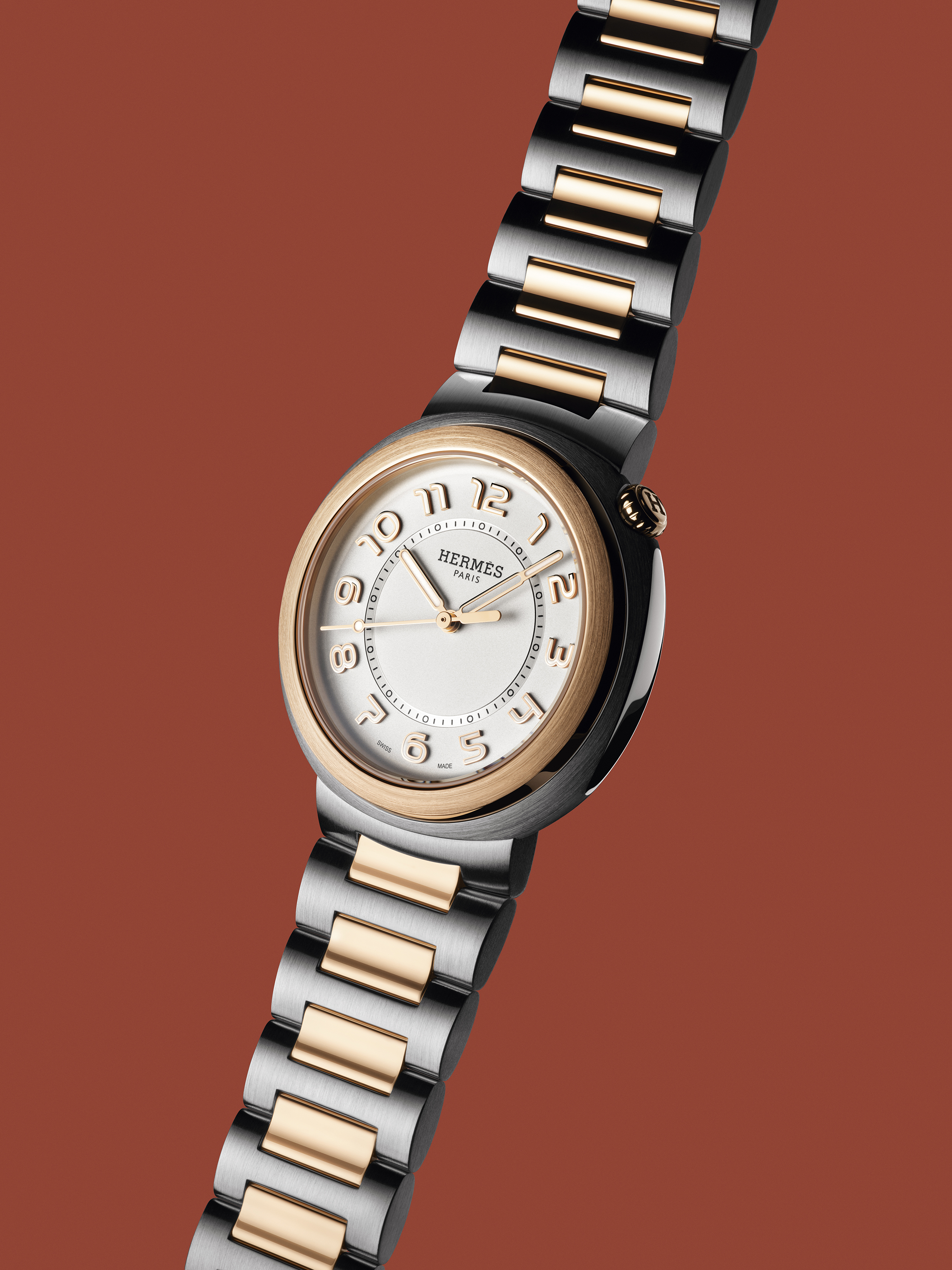
How do you manage overseeing all creative projects?
It's a ritual, a process. Throughout the year, the timelines of the crafts overlap. I switch between them all week, juggling in my mind. A collection is a given time, a plan, a typology within a given universe. The process is always the same: there are creative intentions upfront. Then a period of development, which can take three years or three months depending on the craft. The final phase is the collection review before presentation to buyers. When I pull a product because it's not right, all the hours of development are lost. So, I prefer to work upstream perfectly. But you can't always control everything. One of the biggest mistakes in developing an object is to think that you can virtually envision everything. Especially at Hermès, where material matters. You have to see the finished object, even if it means admitting that it's not working.
This mental gymnastics seems natural...
It may seem natural, but it's complex. The temporality associated with watchmaking particularly appeals to me because it operates on a long timescale. Developing a bag is much simpler than a watch, as exemplified by our Tourbillon Répétition Minutes model containing 550 elements. High jewelry and perfume share this complexity. Recently, Christine Nagel, Hermès' nose, showed me the bottle for our next launch; it was labeled "Trial Number 347"... You can imagine the long time it took to develop it, but that's what's beautiful. True luxury is allowing sufficient time for creation. Too much time isn't good either; it can lead to a loss of energy and focus on the project. In the end, there must be a great coherence between creative intent and the house's style, as it bears the Hermès signature. And this name, it belongs to the family, and diluting it is out of the question.
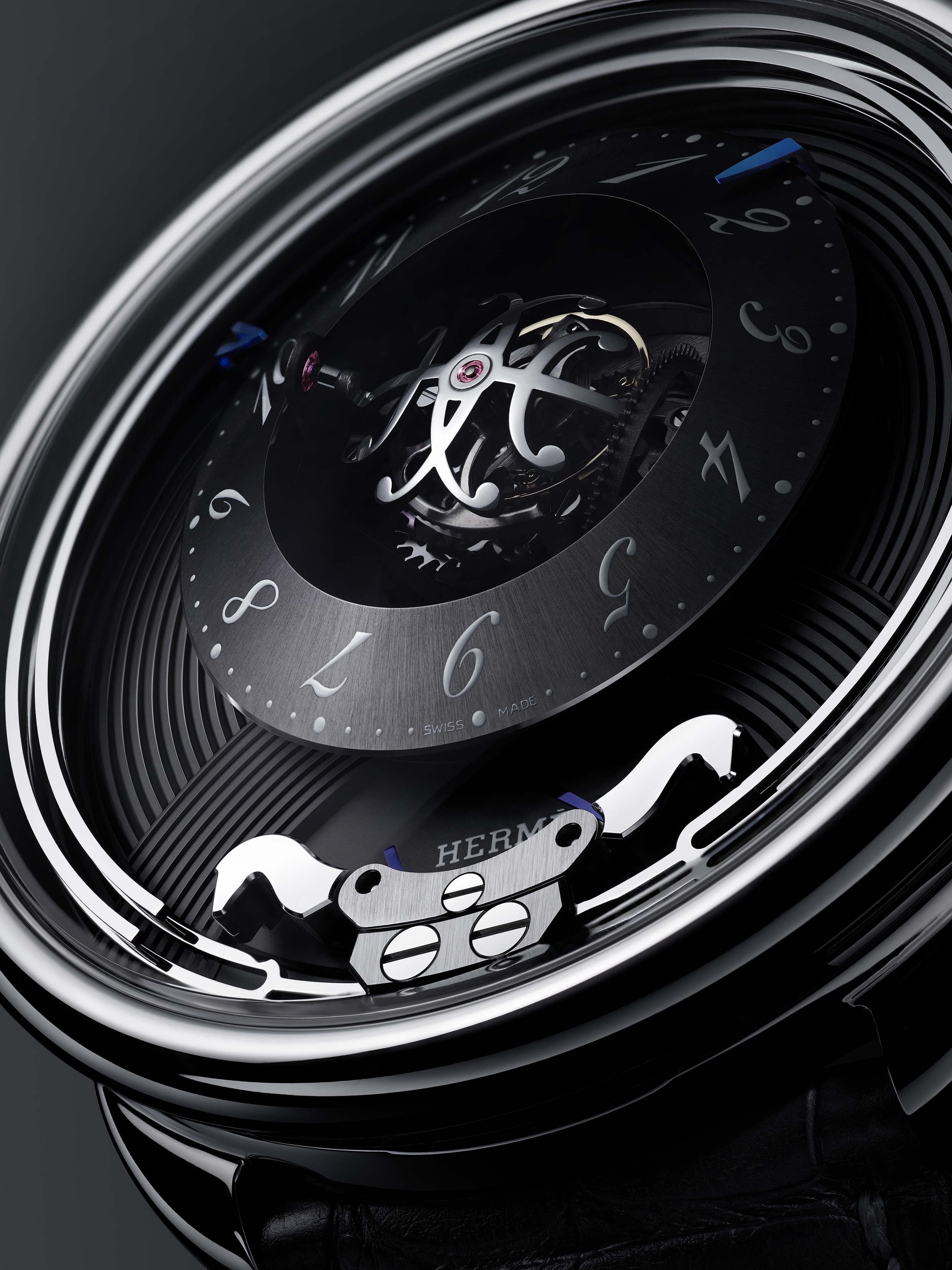
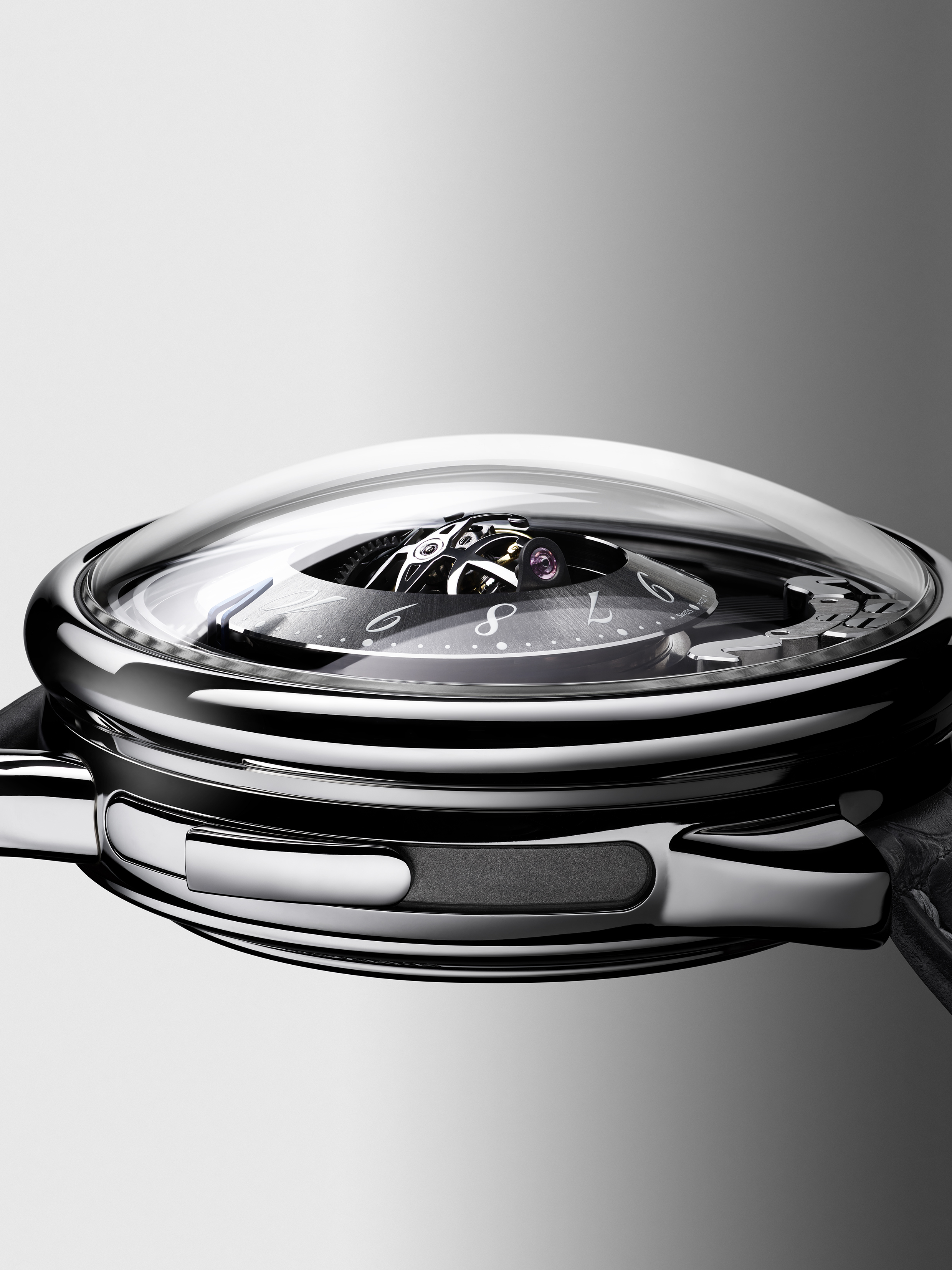
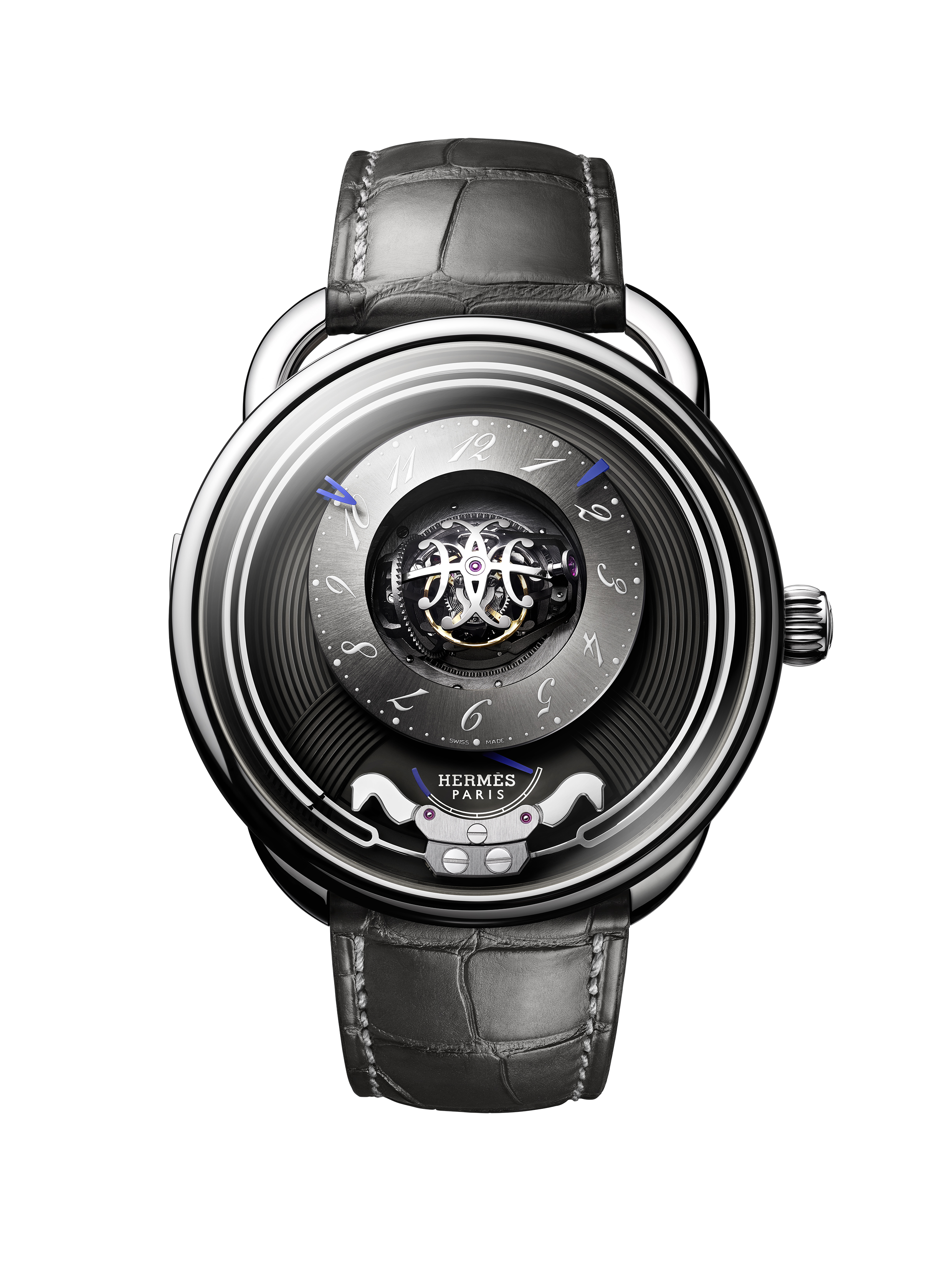
What does it take for a Hermès object to be successful?
I need to be amazed, seduced. I was fortunate to know an exceptional woman, Annie Beaumel, as a child, who created the windows on Faubourg since the 1930s. She had a lot of character, audacity, and taste. She became her best self, working at Hermès, enriching the house stylistically with her creative approach. What's important to understand is that when we talk about Hermès culture, it's not the image of the family acting as some sort of aesthetic jury. No, it's everyone working at Hermès who collectively defines what Hermès aesthetics are. My role is to lead the house toward a great accuracy of expression, in a joyful spirit. It's the intention and impact of an object that make it beautiful.
You had the chance to follow your father. What do you take from that experience?
When my father was president, I was abroad. My first major mission was to open the Chinese domestic market in 1996, a very exciting experience. However, I was fortunate to be by my father's side for two years before his passing. I've been immersed in the Hermès spirit since birth because my parents worked together, my mother designing the stores and my father leading the house. Every evening, they talked only about that. It greatly nourished me. Some words come to mind. My father had two mantras: he repeated endlessly "amaze yourself" and "there is no amnesic creation." I encourage you to reflect on this in all areas. Humanity is a great chain of transmission since ancient times.
Who follows in your footsteps today? Is there anyone in particular who benefits from this wealth that constitutes you?
Transmission is my obsession. I seize every opportunity to talk, especially to those who are part of my community, which I call the craft creation. These are the ones who contribute to object conception or collection planning. I dedicate a lot of time to it. The rules defining the creative process have been established and are very clear; they are based on collective intelligence, kindness, listening, and daring. But I won't tell you here who will succeed me.
The brand is present at Watches and Wonders Geneva. What is your view on the watch industry?
My view isn't on the industry but on watchmaking at Hermès. I can't develop watches under the Hermès name by looking at others. That disturbs me. Instead, I want to understand what the right expression of Hermès in watchmaking is. That's what obsesses me.
What place does Hermès occupy in watchmaking?
It's very difficult to be recognized as a watchmaker by the major houses in this sector. We wanted to be one through our participation in the Vaucher manufacture and the development of our own movements. It's been a great satisfaction, for about twenty years now. This legitimacy is a long-term effort, even though the brand has been making watches for a century. Hermès focuses on form, and the connection with our origins as saddler-harness makers is fundamental from this perspective because form is vital, as it concerns the well-being of the animal and the rider's safety. From there, comes the idea that form is linked to function. It's the function of use, which is part of Hermès' ten commandments "Thou shalt not harm, thou shalt function well." It's the obsession with form as the formalization of the idea of the function of use. Then there's the obsession with coherence, taught by my father. As you know, besides the tradition of form, there's the tradition of illustration, which comes from the silk trade. And these two concepts come together in watchmaking through the case shape and typography on the dial. The two must speak to each other through aesthetic coherence. Then comes the tradition of the object's spirit into play. We like to answer the question of whether the object expresses a presence. I'm a big melancholic, so when the watch becomes an object of curiosity, seemingly inhabited by humanity, then it's the remedy to the inevitable passage of time. The suspended time reflects it, with an added poetic dimension. Creation saves us from ourselves, but with cunning. Giving life to an object is central, whether it's a bag, a garment, or a watch.
How do you create amidst the chaos of the world?
The object is there to enchant us. The world is threatening, it's true. Creation reconciles us with that, helps us get closer to beauty, to feel it.
What emotions does a watch evoke in you?
The watch is a precious object that enchants me. I love wearing them, especially the Hermès model featuring a vanity on the dial: a horse and its lad, turned into skeletons. It's called "It's the Party," created by this young Japanese illustrator, Daisuke Nomura, with whom we had made a silk scarf. A magnificent creation in enamel with gold and silver sparkles, with a bas-relief in the foreground. It's very rock. It's like a challenge thrown at time, but when I look at it, I smile. I feel deeply human when I wear a watch. The current virtual world diminishes our sensoriality, whereas being human means feeling emotions through our senses. It's these complex emotions that connect us to beauty.
Partager l'article
Continuez votre lecture
Matthieu Humair, CEO of the Watches and Wonders Geneva Foundation: “The 2024 Edition Focuses on Optimization”
Eight additional brands have signed up this year to participate in Watches and Wonders Geneva, the event overseen by Matthieu Humair, CEO of the foundation managing its organization, who aims to see it grow by ten more brands in the future. A 15% increase in visitor attendance is anticipated for the 2024 edition.
Watches and Wonders 2024: watchmaking trends at the cutting edge
On Monday, April 15th, the largest watch fair closed its doors in Geneva with a record result, welcoming over 49’000 visitors, a 14% increase compared to the previous year. The 2024 novelties observed among the exhibiting brands seem to highlight two major trends: watches with grand complications and simpler models, much more accessible.
S'inscrire
Newsletter
Soyez prévenu·e des dernières publications et analyses.